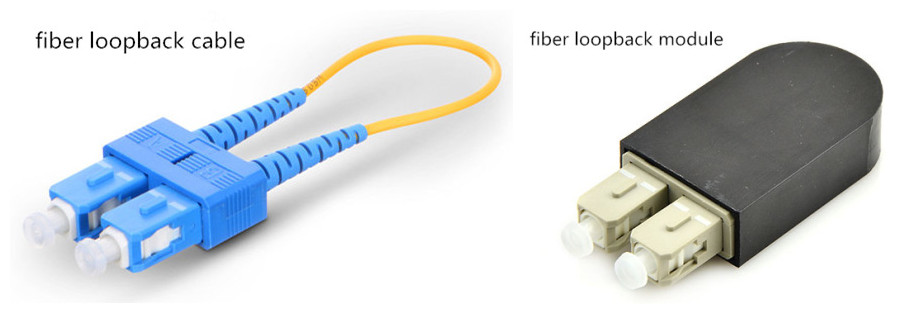

As with the Sources and Output Channels tiles, you may add as many Monitor tiles as you wish and route whatever outputs you wish to them. If you do end up using a monitor, it looks like figure 10 and follows the same rules regarding virtual cable connections. For simple workflows, I would recommend unchecking mute and leaving the Monitors column empty. There is more than one way to think about this, and it depends on how complex your setup is. If Audacity is capturing the audio, and “mute while capturing” is checked in Loopback, the audio will stop playing back through your speakers or headphones. This means that if you add Chrome as a source and leave it muted in Loopback, you will hear it until you assign that virtual device as an input to another app. Above I mentioned that you have to be careful that Loopback mutes audio Source tiles when capturing by default. The Monitors column offers you the ability to pass audio flowing in and out of a Loopback virtual device to a specific playback device at the same time. Sound goes into the mic, is amplified by the preamplifier, and is played back on the speaker (see figure 1). The simplest audio routing scheme would be to plug the mic into the preamplifier input, and the speaker into the preamplifier output. Let’s assume that we have a microphone, a microphone preamplifier, and a speaker. Why would we use one? Think about it this way.
WHY LOOPBACK CABLE PATCH
Most likely, if you are among the many musicians who were forced into teaching and collaborating online due to the pandemic, you have never seen a physical patch bay. In practical terms, this means that audio can be sent between any app or connected physical audio interface in real time. It functions as a virtual audio patch bay. Loopback is a macOS based audio routing application created by Rogue Amoeba ($99). Introduction to Thinking like a Patch Bay Manage a remote multi-track recording session in a DAWĪ note about latency and sampling frequency Use a talkback mic or master monitor device Livstream a low latency performance to Zoom with bidirectional audio

Present a webinar in Zoom with multiple audio sources Record audio that is playing on your computer

Introduction to thinking like a patch bay


 0 kommentar(er)
0 kommentar(er)
